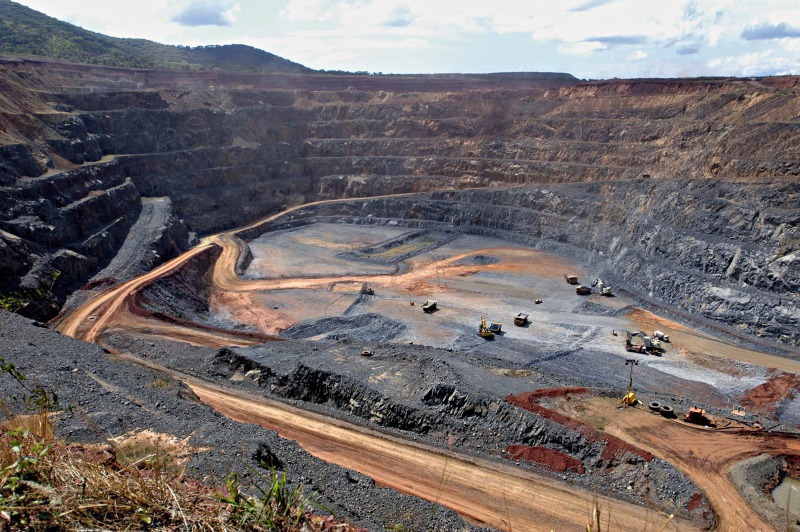Mining production increased by 5.2% year-on-year in November, buoyed by a 38.1% rise in the production of platinum group metals (PGMs) – contributing 7.7 percentage points to the overall tally; and a 9.3% rise in iron-ore – contributing 0.8 of a percentage point, overall.
Financial services provider Nedbank reports that November’s rise buoyed yearly production by 5.2%, up from the 2.2% of October and ahead of market expectations of 4.3%.
However, dragging the overall production tally down for the fifth consecutive month was coal, which declined by 7.9%, subtracting 2.2 percentage points from the overall score.
Nedbank also reports that building materials declined for the first time since November 2020, by 11.6% and subtracting 0.5 of a percentage point in total.
Statistics South Africa reports that, compared with October, South Africa’s seasonally-adjusted mining production decreased by 2.2% in November, after month-on-month changes of 3.1% in October and -4.4% in September.
In this regard, production of all commodities fell, except for diamonds (up 28.6% from -26%), gold (up 2% from -0.9%) and iron-ore (up 4.4% from -11%).
“Extrapolating from the recent outcome and historical trends, our preliminary estimate is for the mining sector to have detracted from [fourth-quarter] quarterly gross domestic product growth,” says FNB senior economist Thanda Sithole.
In addition, for the three months ended November, seasonally-adjusted mining production decreased by 1.6% in comparison to the previous three months.
Here the largest negative contributors were iron-ore, 10.9% down and subtracting 1.2 percentage points overall; a 6.6% decline in gold, subtracting one percentage point; and a 3.4% slip in coal that took off 0.8 of a percentage point from the final tally.
Nedbank reports that mining volumes remained below their pre-Covid-19 pandemic levels, being 5.9% lower than that achieved in November 2017 to 2019 levels, and 5.1% lower than that achieved in November 2019.
With only the December mining production and sales data still outstanding for the 2021 year, Sithole says growth in total mining output is likely to have rebounded in 2021 to 11.7% year-on-year, from -10.7% in 2020.
“Still, the aggregate mining output level is marginally below pre-Covid-19 pandemic 2019 levels by about 0.4%,” he says.
MINERAL SALES
Mineral sales year-on-year in November, at current prices, increased by 22.2%, driven mainly by PGMs which rose 34.4%, adding 12 percentage points; a 59.7% increase in gold, which added 7.1 percentage points; and a 29.7% increase in coal, buoying the overall figure by 5.6 percentage points.
However, a 14.5% decrease in iron-ore sales meant two percentage points were subtracted from the overall tally.
Seasonally-adjusted mineral sales at current prices increased month on month by 7.5% in November, following month-on-month changes of 12.3% in October and -24.1% in September.
In the three months ended November, the seasonally-adjusted value of mineral sales at current prices was 15.3% lower compared with the previous three months.
Nedbank notes, however, that maintaining an upward trend for December 2021 may prove challenging as a result of the Omicron variant having surfaced and associated lockdowns in key markets.
“Despite several constraining factors, such as shipping delays and related costs, electricity supply disruptions and higher input costs, mining activity should still benefit from the ongoing recovery in South Africa’s major trading partner economies and relatively sustained elevated commodity prices,” says Sithole.
He notes that the trajectory of the global economy will be critical to domestic mining output and export volumes.
This year, Nedbank warns that some constraints may impact the sector, as power cuts loom, and probable strike action and new lockdowns present downside risks to the mining production and sales sector.
However, the bank says a weaker exchange rate and still elevated (although easing) commodity prices will provide some buffer to the South African mining industry.







